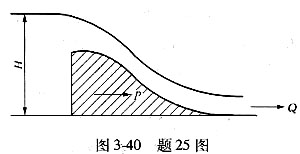阅读理解。
Mr. Brown first went to look at the underground-fire when he was seven. "Through the hole in the earth you could see the orange fire, but you had to look fast because it was so hot," said Mr. Brown. In 1898,he saw the fire once more.
Now, we can only see the smoke. The fire Mr. Brown saw is not the underground-fire. In fact ,there are 260 coal fires in the world. They are harmful and dangerous. Then how to put them out?
Scientists have tried to set fire to underground coal to speed up the fires. In this way, the burning of
underground coal would be soon finished.
1. Mr Brown said that we had to take a fast look at the fire because _____.
A. it was in the hole
B. it was very hot
C. it was orange
D. it was harmful
2. How many coal fires are there in the world?
A. There's only one
B. It's hard to say
C. There are 260
D. The article doesn't tell us
3. What's one of the best ways to put out the underground fire?
A. To cover the holes with stones
B. To speed the fire
C. To see the fire burning
D. To do some experiments
4. What is the best title for the article?
A. Watching the Underground-fire
B. A Way to Put out the Underground Coat Fires
C. The Burning Earth
D. Coal and Coal Fires
1-4 BCBB

